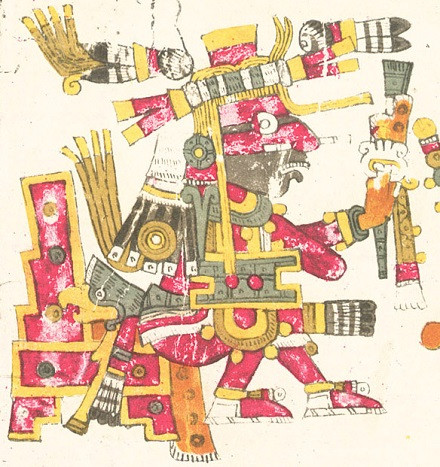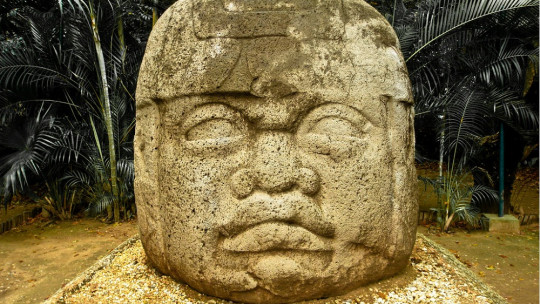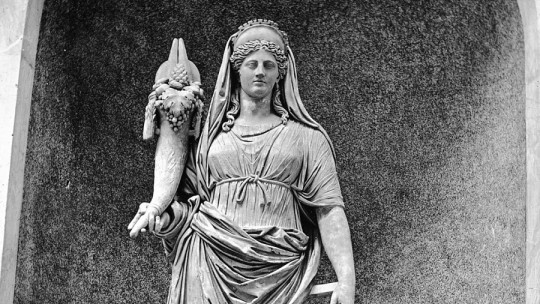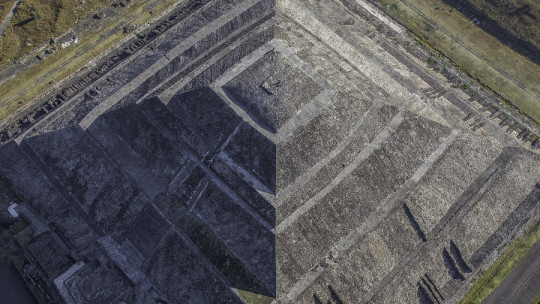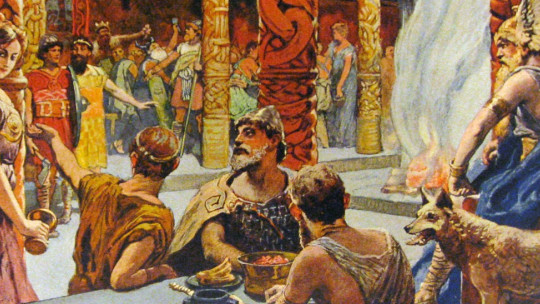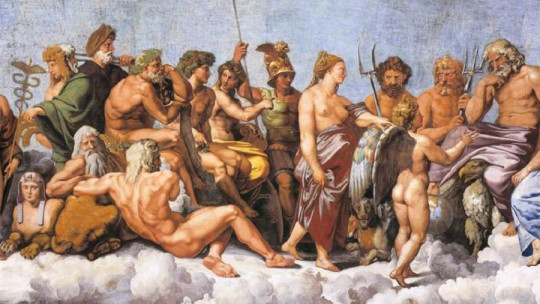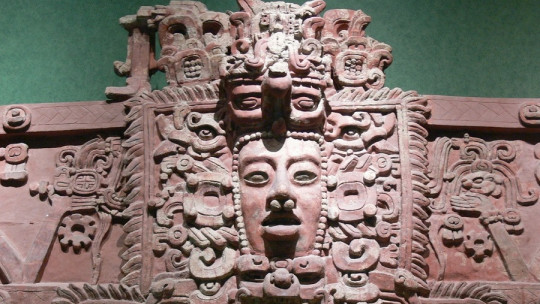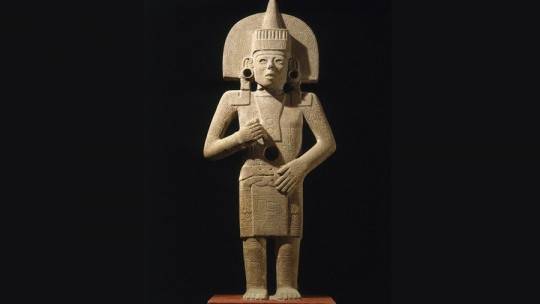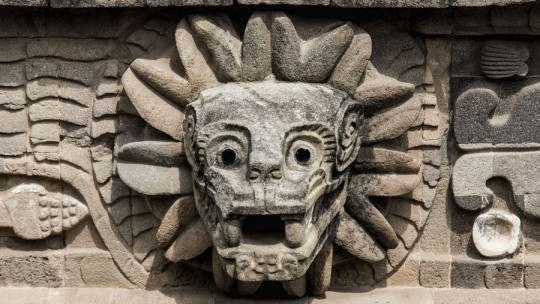
Aztec mythology is probably one of the most relevant and richest. It has given rise to books, films, legends and stories that are still present today and have garnered a legacy of great interest in Latin America, especially Central America, in Mexico. The fundamental belief of the Aztecs revolved around the Sun, whose god was Huitzilopochtli.
As information to take into account, Aztec gods are considered “original” characters, their own that did not have adaptations like the Roman Empire did with Greek culture and mythology, which were carbon copies. Another element to take into account is the degree of expansion that this pre-Hispanic empire entailed: the so-called Triple Alliance of the indigenous peoples of the States of Tlacopan, Texcoco and Tenochtitlan. Therefore, the religion of this culture reached many parts of Central America.
The most relevant Aztec gods
Having a strong predisposition to dogma and worship, the Aztecs also developed a complex system of authority related to natural persons linked to religion. This model of governance was based on officials elected by the King of the day (the Toltec is the best known), with government delegates and advisors from the nobility. Therefore, the Aztec pantheon is a reflection of the hierarchical system of social organization typical of this pre-Columbian people.
In this way, on the one hand there was the elite that ruled over the Aztec civilization, and above these people were the divinities who were worshiped transversally throughout the society belonging to this ethnic group. Are you interested in knowing more about these divine entities? Next We will see the 10 most interesting and relevant Aztec gods of their mythology
1. Yacatecuhtli
Curiously, the Aztecs had so-called old gods. Yacatecuhtli was one of them. It represented protection for merchants and travelers, and for that reason the citizens made offerings to him, giving him slaves in exchange for his blessing. What stands out about this deity is the disproportion of his nose, which served as a guide/indication of the direction to follow.
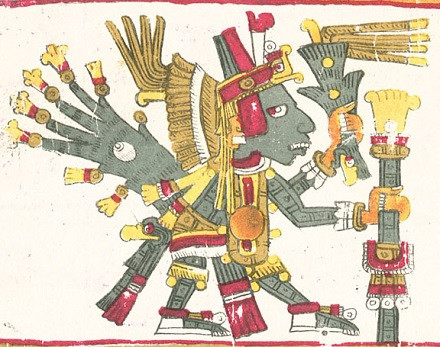
2. Quetzalcoatl
Quetzalcoatl is by far one of the most famous Aztec gods. At the time of Aztec cultural hegemony, he was a bit of the god of everything: life, fertility, wisdom, day and night, the winds He is surely one of the most relevant deities of the Aztecs for everything he represented. As for the physical representation of him, he is normally described as a kind of snake with feathers and at the same time with a human form.
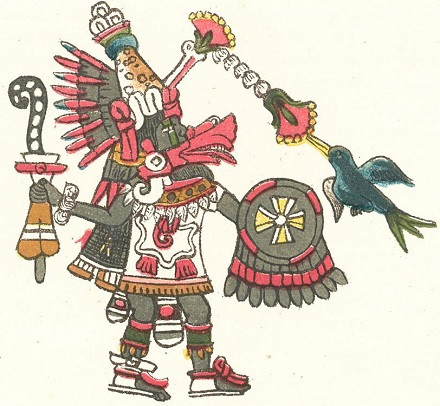
3. Coatlicue
Like its predecessor, Coatlicue was shaped like a snake (this one is in an integral way) with four hands and three heads. She represents life and death at the same time, as a duality of complementary elements, which is why she is considered the goddess of all gods, as well as the spiritual guide of rebirth.
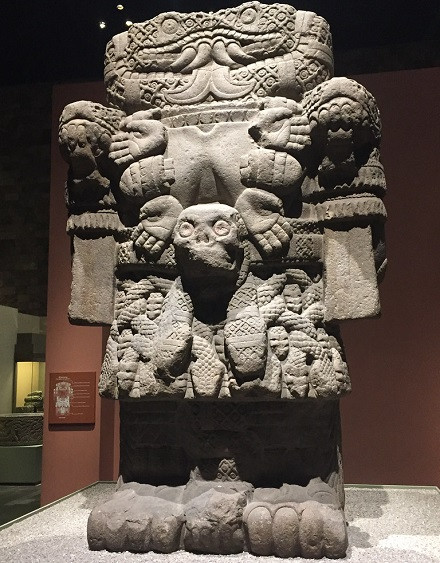
4. Metztli
We continue on the path of the gods with some reptile characteristics. The name itself means: “the goddess of the snake in the face.” She is the goddess of the moon, whose powers, shared with the snake that protected her, dominated the water. It caused chaos and storms but he blessed and watered the Aztec regions.
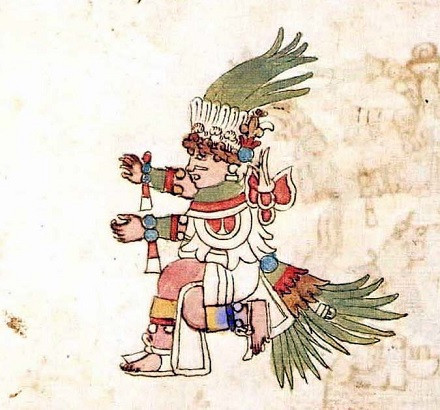
5. Mictlantecuhtli
With a totally extravagant and clownish appearance, it contrasts with what the Aztec deity of death represented. Husband of the goddess of death, Mictlantecuhtli He was master and lord of the souls that ended up in his particular “hell.” a place of shadows and darkness that the Aztecs wanted to avoid at all costs.
This divinity was represented as an anthropomorphic being with a toothy skull for a head, and with very large eyes.
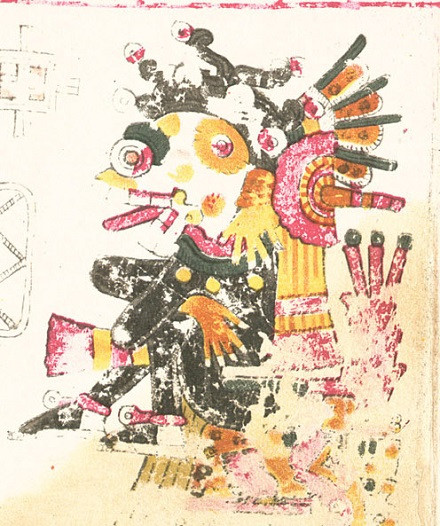
6. Xipe Totec
Painted red and yellow, with an unfriendly face, This deity is the masculinity and virility of the Aztecs It also symbolized youth and dawn. He was also the god of abundance, since Xipe was in charge of irrigating the corn fields of the Aztec lands with water.
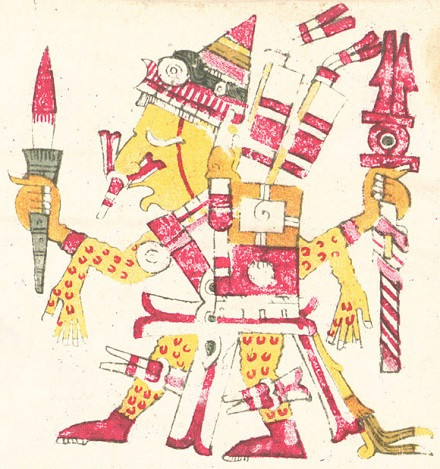
7. Cihuacoatl
Among the most important Aztec goddesses we find Cihuacoatl, the first deity to give birth, and for this reason she is considered the goddess of birth. Legend also says that she is known as “La Llorona”, without knowing very well its origin. There is speculation that she cried at the time she had her first birth, but it has not been confirmed to this day.
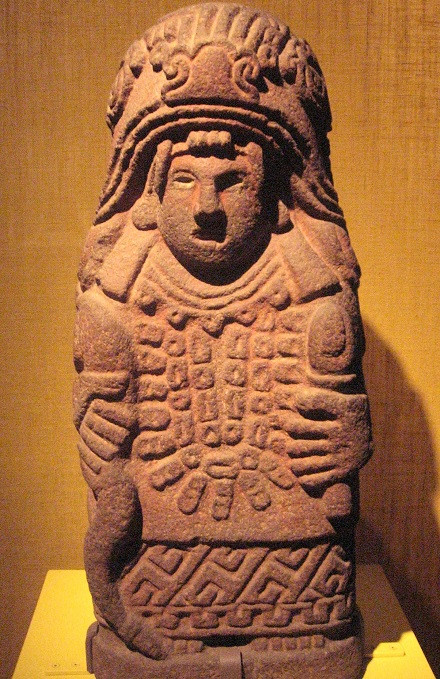
8. Ixtlilton
Ixtlilton was a god associated with the concept of leisure, represented play and fun He was the patron saint of Aztec festivities. On the other hand, he was also the god of healing, as he took any seriously injured or sick person to his temple to heal them, as well as to cure newborn children with any deficiency.
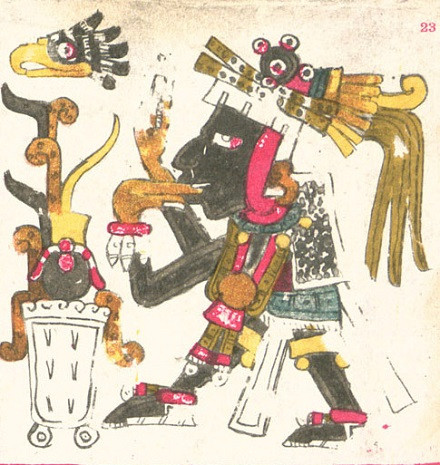
9. Ahuiateteo
In this case a peculiarity is presented: Ahuiateteo constitutes a group of Aztec gods who represent vice, pleasure and earthly excesses. Together with another group of the Tzitzimime, They formed a conglomerate of deities that represented the opposite of each other Thus, the last were the representatives of death and drought.
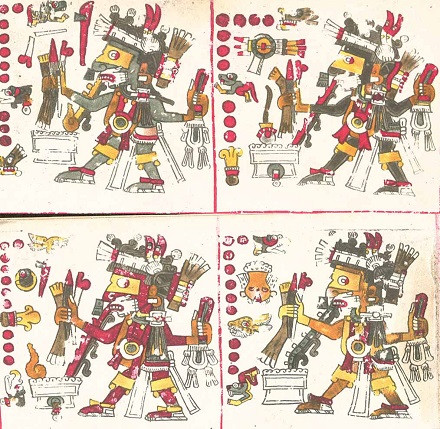
10. Xiuhtecuhtli
The figure of Xiuhtecuhtli corresponds to the already mentioned category of elderly Aztec gods. His figure in the shape of a warrior and passionate colors how (red and yellow) gave him that touch of virility that warriors and soldiers were looking for. This deity represented fire and heat, and therefore was highly respected by his parishioners. He was also the patron saint of warriors, kings and time.
